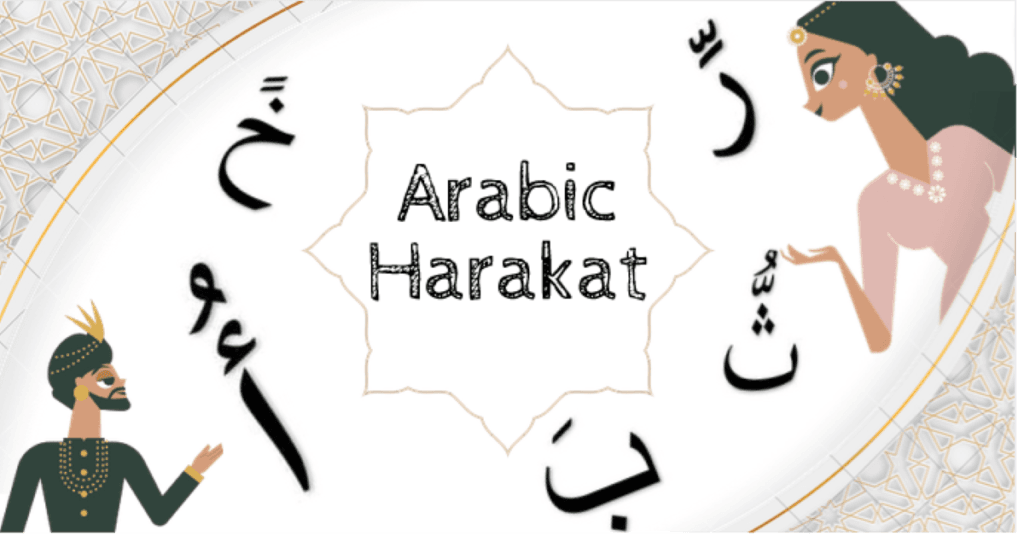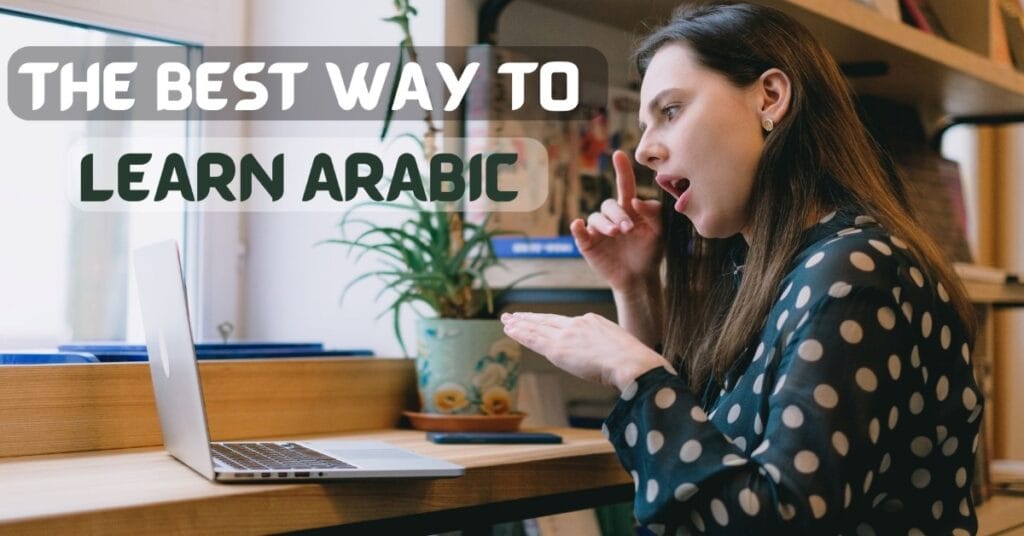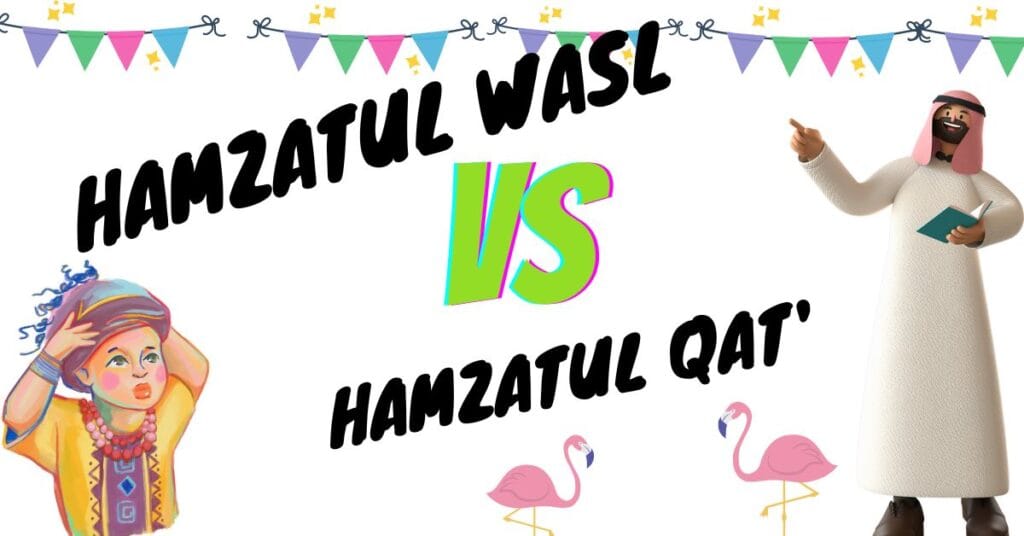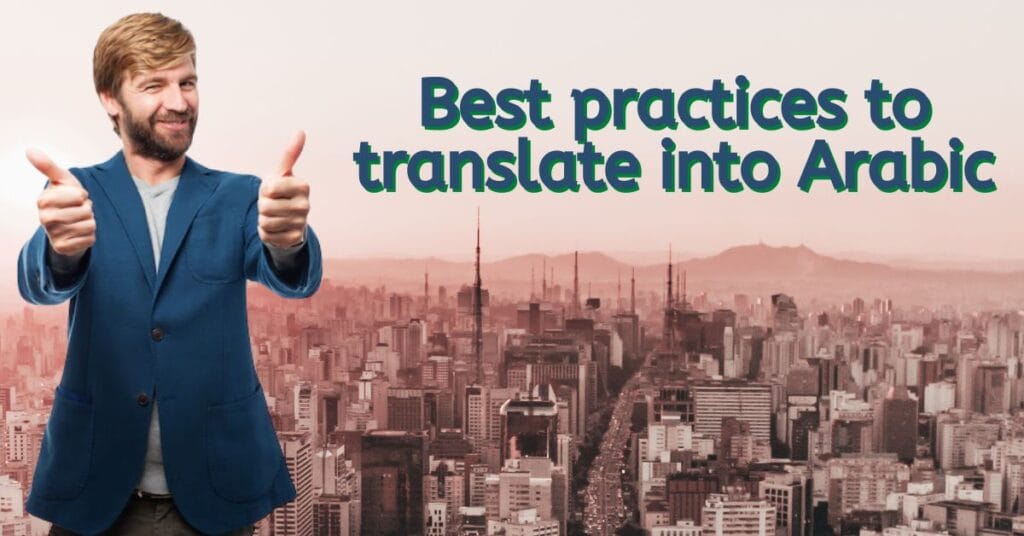Learning Arabic Harakat (حركات) — also called vowel marks or diacritics — is one of the first steps to reading and pronouncing Arabic correctly.
In this complete guide, you’ll learn everything you need to know about Arabic vowels, how they work, and how to read them with confidence. You’ll also discover how these small marks completely change the meaning and pronunciation of words.
What Are Arabic Harakat?
In Arabic, the letters of the alphabet usually represent consonants. The vowel sounds are shown by small marks placed above or below these consonants. These marks are called Harakat (حركات), meaning movements — because they “move” the sound of the letter.
Arabic has three short vowels and three long vowels. The long vowels are written as part of the alphabet:
| Long Vowel | Arabic Letter | Pronunciation |
|---|---|---|
| ā | ا | as in “car” |
| ū | و | as in “blue” |
| ī | ي | as in “see” |
The short vowels, however, are written as small signs (diacritics) and are not independent letters. These short vowels are what we call Harakat.
The Three Short Vowels (Harakat)
1. Fatḥa ـَ
It is a short vowel sound for “a”. It is represented by a short diagonal stroke over the consonant it follows in pronunciation, as in بَ pronounced [ba].
Sound: short “a” as in cat
Position: a small diagonal stroke placed above the letter
Example: بَ = [ba]
The Fatḥa gives the letter a quick a sound.
2. Ḍamma ـُ
It is a short vowel sound for “u”. It is represented by a little looped symbol, like a small wāw (و), over the top of the consonant it follows in pronunciation, as in بُpronounced [bu] or [bo].
Sound: short “u” as in book
Position: a small curl or tiny “و”-like shape above the letter
Example: بُ = [bu] or [bo]
The Ḍamma adds a short “u” sound after the letter.
3. Kassra ـِ
It is a short vowel sound for “i”. It is represented by a short diagonal stroke placed under the consonant it follows in pronunciation, as in بِpronounced [bi].
Sound: short “i” as in sit
Position: a small diagonal stroke below the letter
Example: بِ = [bi]
The Kassra gives the letter a short i sound.
Sukūn (ــْــ): The Still Letter
When a letter has no vowel sound, Arabic uses the sign Sukūn (سكون) — a small circle placed above the letter — to show that the consonant should be pronounced without any vowel.
Example: بْ = [b]
If we take the word تِبْن (tibn), meaning hay, the بْ has no vowel. You pronounce it as tibn, not tiban or tibun.
When a letter carries a short vowel, also called ḥaraka (حَرَكَة) in Arabic, meaning “movement” (the singular form of ḥarakāt – حَرَكَات), it becomes a moving letter (حَرْفٌ مُتَحَرِّك – [ḥarfun motaḥarrik]). When a letter appears without any vowel, it becomes a still letter (حَرْفٌ سَاْكِن – [ḥarfun sākin]). Writers use the symbol Sukūn to mark this stillness.
Shadda (ــّــ): Doubling the Letter
Sometimes, a consonant is repeated or “doubled” in pronunciation. Instead of writing the letter twice, Arabic uses the Shadda (شَدّة) — a small “w”-shaped mark placed above the consonant.
Example:
فَرَّ = [farra]
Here, the رّ sound is doubled.
When you combine Shadda with vowel marks, here’s what happens:
- Fatḥa + Shadda → written above (ــَّــ) → يَفَرَّ
- Ḍamma + Shadda → written above (ــُّــ) → يُفَرُّ
- Kassra + Shadda → placed slightly below (ــِّــ) → بِطِّيخ [batteekh]
However, the vowel kassra does not appear directly beneath the consonant it follows. Writers place it under the Shadda (ـّ) but still above the letter, unlike the usual position. For example, in بطِّيخ pronounced [batteikh], the kasra appears above the letter. In some cases, though, writers place the kasra beneath the consonant, as in بِطِّيخ.
Tanwīn (ــًــ ــٌــ ــٍــ): The Double Vowels
At the end of many indefinite nouns and adjectives, Arabic adds Tanwīn (تنوين) — a doubling of one of the short vowels to show a final n sound.
This is similar to adding “a” or “an” in English.
1. Tanwīn al-Fatḥa ـً
Sound: “an”
Example: أَهْلًا = [ahlan] → welcome
It usually appears above the letter Alif (ا), except when the word ends with a Tā’ Marbūṭa (ة) or Hamza (ء).
Examples:
- فَتَاةً [fatatan] → a girl
- مَاءً [mā-an] → water
Tanwīn al-fatḥa is somewhere between a vowel and a suffix. It is represented by a double short diagonal stroke (double fatḥa) over the top of the consonant letter, it follows in pronunciation, as in the word أهلاً pronounced “Ahlan”, which means “Welcome” in Arabic.
Please notice that Tanwīn al-fatḥa is always written on (ا) as in the previous example. An exception to that is when the final consonant is either the feminine marker, (ة) Taa’ MarbuTa as in فتاة [fatatan] (a female student), or Hamza (ء) as in ماء [mā-an] (water).
2. Tanwīn aḍ-Ḍamm ـٌ
Tanwīn aḍ-ḍamm functions between a vowel and a suffix. Writers represent it with a double ḍamma (ــٌــ) placed above the consonant it follows. For example, in the word أمٌ pronounced ommun, it means “mother” in Arabic.
Sound: “un”
Example: أُمٌّ = [ummun] → a mother
3. Tanwīn al-Kasr ـٍ
Tanwīn al-kasr functions between a vowel and a suffix. Writers represent it with a double kasrah (ــٍــ) placed under the consonant it follows. For example, in the word بِقَلْبٍ pronounced biqalbin, it means “with heart” in Arabic.
Sound: “in”
Example: بِقَلْبٍ = [biqalbin] → with a heart
The Complete System of Tashkīl (Arabic Diacritics)
All these signs — Fatḥa, Ḍamma, Kasra, Sukūn, Shadda, and Tanwīn — together form the Tashkīl (تشكيل) system, meaning vocalization or formation.
Tashkīl helps learners and readers know exactly how to pronounce each word. In everyday Arabic writing, these marks are often omitted because native speakers can read without them. But in the Qur’an, children’s books, and Arabic learning materials, they are essential to ensure correct pronunciation and understanding.
Why Harakat Matter?
Arabic Harakat are small but powerful. They:
- Change meaning: كتبَ (kataba) = “he wrote” vs. كُتِبَ (kutiba) = “it was written”
- Clarify pronunciation: especially in new or foreign words
- Help learners read accurately and build vocabulary confidently
Learning them well is the foundation of reading Arabic fluently and understanding how words change in different contexts. To learn more about the Arabic Harakat, here you can find the easiest way to practice Tashkeel:
Practice Tips for Beginners
- Start with short words — like بَاب (baab), بُب (bub), بِب (bib).
- Read aloud to train your ear and tongue to recognize patterns.
- Use the Qur’an or vocalized texts to see real examples of Tashkīl.
- Combine Harakat with meaning — focus not just on sound but also on what the word means.
- Practice daily — even five minutes a day builds recognition quickly.
Conclusion
Understanding Arabic Harakat is the key to mastering Arabic reading and pronunciation. These small marks transform static letters into living, meaningful words.
By learning Fatḥa, Ḍamma, Kasra, Sukūn, Shadda, and Tanwīn, you take the first essential step toward reading Arabic fluently, understanding texts correctly, and speaking with confidence.
Do you want to learn how Arabic letters form? Check out this helpful article for a step-by-step explanation:












Thank you very much for sharing, I learned a lot from your article. Very cool. Thanks.